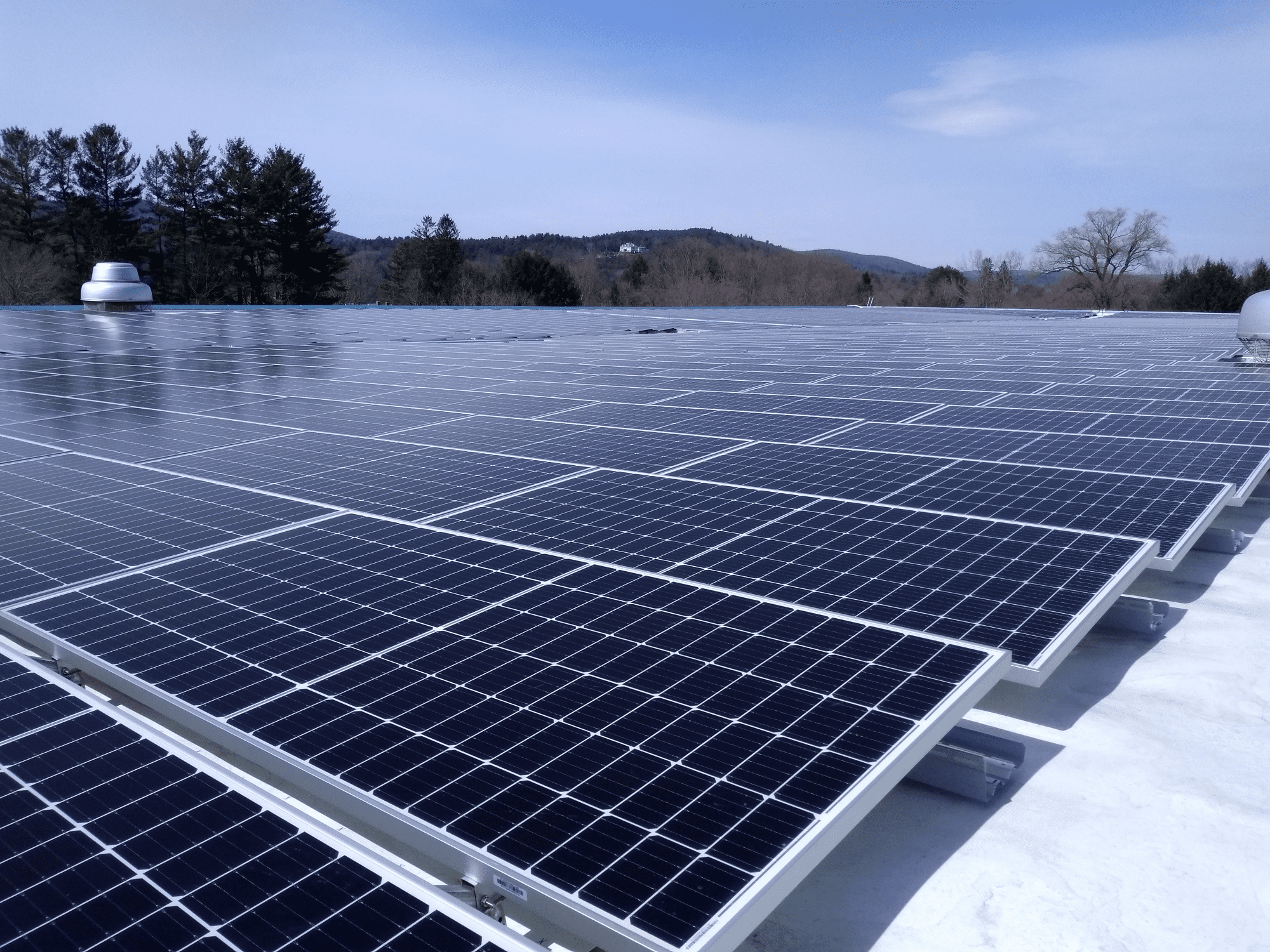
Report: Vermont Lagging in Solar Capacity

Rutland Herald
By Keith Whitcomb Jr. Staff Writer, Feb 11, 2020
At the rate it’s going, Vermont will not meet its solar energy goals by 2025, according to an updated report.
 The Solar Pathways Report is an update to the Vermont Solar Market Pathways report, which came out in December 2016. The original report was funded by the U.S. Department of Energy’s Office of Energy Efficiency and Renewable Energy by an award given to Vermont Energy Investment Corporation (VEIC). Norwich Solar, a solar development company based in White River Junction, funded the updated report, which drew data from the Department of Public Service, Public Utility Commission, ISO-New England, and Renewable Energy Vermont.
The Solar Pathways Report is an update to the Vermont Solar Market Pathways report, which came out in December 2016. The original report was funded by the U.S. Department of Energy’s Office of Energy Efficiency and Renewable Energy by an award given to Vermont Energy Investment Corporation (VEIC). Norwich Solar, a solar development company based in White River Junction, funded the updated report, which drew data from the Department of Public Service, Public Utility Commission, ISO-New England, and Renewable Energy Vermont.
The report’s lead author, David Hill, of Energy Futures Group, said in an interview Monday that the solar industry has shown, both nationally and at the state level, that it can grow. It can also grow fast enough to meet Vermont’s renewable energy goals, which call for 20% of the state’s power needs to be met with solar energy by 2025.
The study looks at the years between 2014 and 2019, said Hill. Solar capacity, that being the infrastructure installed, peaked in 2016 and has been declining over the past three years. He said this has been due to reductions and changes in federal and state incentives, which need to be stable and predictable for growth to occur.
According to the update, by the end of 2014 Vermont had a solar capacity of 82 megawatts of alternating current. That quadrupled over the next four and a half years to 335 megawatts.
Hill said the peak in capacity growth seen in 2016 was influenced by solar developers who expected the end of a federal tax credit program and were moving quickly to take advantage of them. The credit program ended up being extended, but was scheduled to drop-off again in 2019.
Vermont would have to reach one gigawatt of solar capacity by 2025 to meet its goal, according to the report. To do that, new installations would have to average out to about 100 megawatts per year. So far, no year has seen that much growth. In 2016, 75 megawatts were added. If growth continues at the pace it has seen in the past two years, according to the report, Vermont will fail to meet its 2025 goal by 50%.
keith.whitcomb@rutlandherald.com

